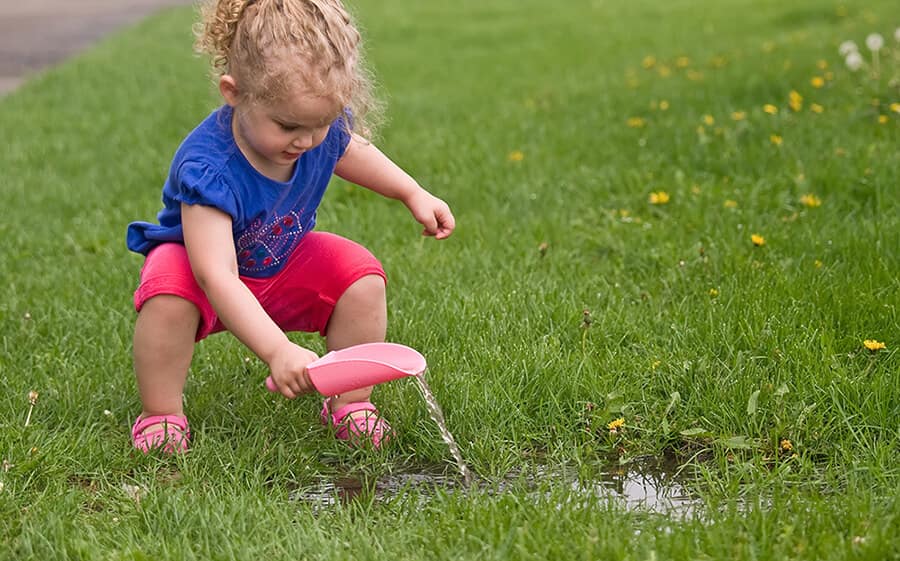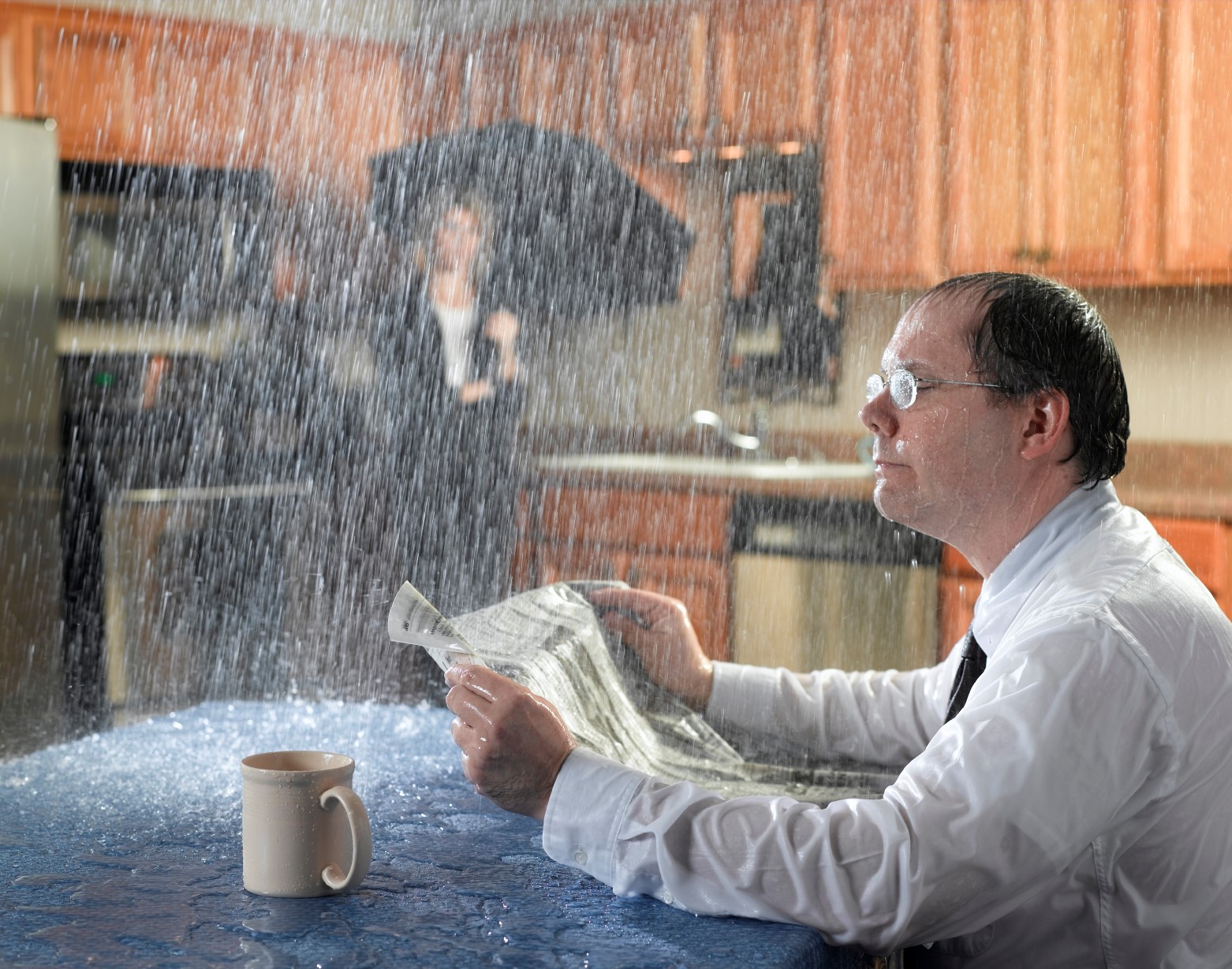The Home's Common Frequent Water Leak Causes: Analysis
The Home's Common Frequent Water Leak Causes: Analysis
Blog Article
Just how do you really feel with regards to How to Find Water Leaks?

Leakages not just trigger waste of water however can likewise trigger unnecessary damages to your house as well as promote unwanted organic growth. Water leakages could go undetected because most of the pipework in our home is concealed. By recognizing as well as looking for everyday scenarios that create leaks, you can safeguard your home from future leakages as well as unnecessary damages. Today, we will certainly check out six leakage creates that may be causing your pipelines to drip.
Immediate temperature level modifications.
Extreme temperature level changes in our pipelines can cause them to broaden and also contract suddenly. This development as well as tightening might cause fractures in the pipelines, especially if the temperature level are listed below freezing.
Corroded water supply
As time passes by, your plumbing system ages as well as deterioration such as corrosion may start gnawing the pipelines. This might be the root cause of staining or warping on your water pipes. This requires an inspection with your plumber quickly. If our plumbing system is old, think about replacing the pipelines given that they go to a higher risk of rust than the more recent versions.
Malfunctioning Pipeline Joints
Pipeline joints can wear away over time, resulting in water leakages. If you have loud pipelines that make ticking or banging noises, particularly when the hot water is transformed on, your pipeline joints are possibly under a great deal of pressure.
Trespassing roots
Many water leakages start outside the residence instead than inside it. You could see damp spots or sinkholes in your lawn, and that could indicate that tree roots are getting into water lines causing water to seep out.
Poor Water Connectors
Sometimes, a leakage can be brought on by loose hoses and pipes that supply your appliances. More often than not, changing is what triggers the loosened water Connections. You could locate when it comes to a cleaning device, a hose pipe may spring a leak as a result of trembling during the spin cycle. In case of a water connections leak, you may observe water running straight from the supply line or puddles around your appliances.
Blocked Drains
Blocked drains pipes could be irritating as well as inconveniencing, yet they can often end up causing an overflow causing burst pipelines. Maintain eliminating any type of materials that may drop your drains pipes that can block them to prevent such inconveniences.
All the above are sources of leakages however not all water leakages arise from plumbing leaks; some leaks may originate from roof leaks. All leaks should be repaired promptly to stay clear of water damages.
Leaks not only trigger waste of water however can additionally create unneeded damage to your home as well as advertise undesirable natural development. By understanding and also looking for everyday circumstances that cause leaks, you can safeguard your house from future leaks as well as unnecessary damage. Today, we will look at six leak triggers that may be triggering your pipes to drip.
At times, a leak can be caused by loose hoses and pipes that provide your devices. In instance of a water links leakage, you might observe water running straight from the supply line or pools around your home appliances.
TYPES OF WATER LEAKS YOU SHOULD BE FAMILIAR WITH
Shower Fixture Water Leaks
If you notice a water leak near your shower fixture, perform an inspection to confirm if you are able to find broken caulk lines. As your shower fixture becomes older, it is not uncommon for water to leak onto the other side of the frame. To fix this type of plumbing leak, scrape off the old caulk and run a new bead of it around the shower fixture to seal up any fractured crevices and holes.
Bathtub Drainage Water leaks
To fix this type of leak in a bathtub, remove the drain flange and clean it. Next, you should also remove the rubber gasket located beneath the tub’s drain hole. Buy a replacement gasket that matches the old version and install it in the same location. Once the drain flange and rubber gasket are installed, apply a small amount of silicone caulk to the drain to prevent water leakage below your tub.
Water Pipe Leaks Behind Walls
Issues such as discolored grout and loose shower tiles may be caused by a water pipe leak behind the walls in your bathroom. To fix this plumbing leak, you will be required to remove the tiles, grout, or caulk in your shower. Once the tiles in your shower have been removed, perform an inspection of the drywall to confirm if it’s moist or wet. If you notice water marks or mold on the wall, this is an indicator of a water pipe leak.
Toilet Leaks
Nobody likes a toilet leak. It can cause water damage to the subfloor, joists, or even the ceiling in the room below. To combat this type of water leak, you will need to reinstall your toilet with a brand new ring of wax. If the toilet sits uneven, be sure to add toilet shims to correct the issue. Do you notice a broken bolt slot or flange? We recommend performing a new metal flange installation to remediate this issue.
Sink Water Leaks
To prevent damage to the beautiful counter tops in your kitchen or bathroom, tighten the base of your sink to prevent a water leak. Next, scrape away any old caulk around the sink and apply a fresh coat. Prior to using the kitchen or bathroom sink, you will need to secure the fixture to the countertop with the clips located beneath the sink rim to prevent a water leak.
https://www.fenwickhomeservices.com/blog/6-types-of-water-leaks-you-should-be-familiar-with/

Hopefully you liked our part on Common Water Leaks In House. Many thanks for finding the time to read our posting. If you please set aside a second to promote this entry if you enjoyed reading it. Thank you for taking the time to read it.
Prioritize plumbing safety. Report this page